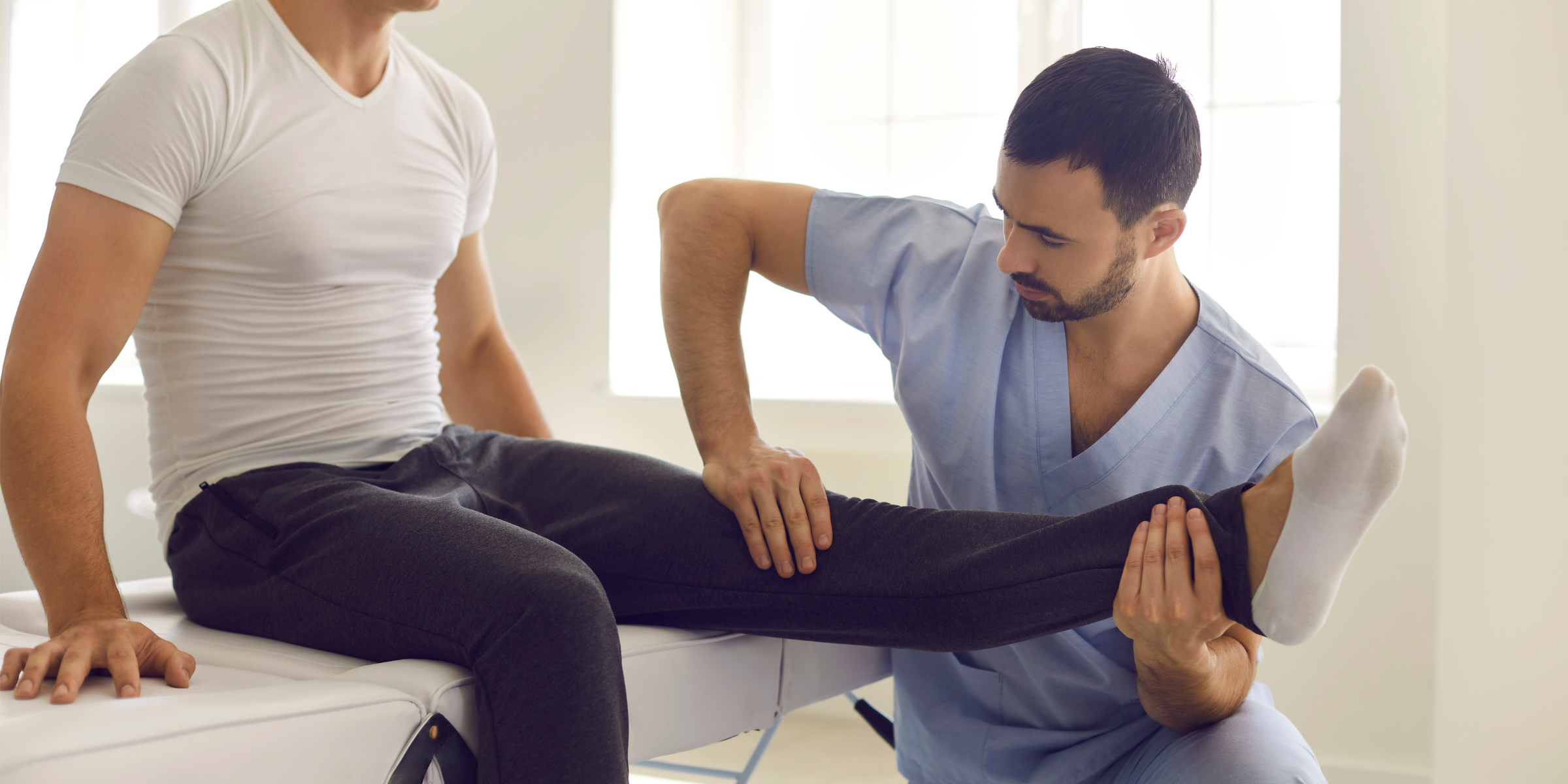Hockey is an intense, high-demand sport that requires athletes to possess a combination of speed, strength, agility, and endurance. Given its physical nature and the demands of the game, effective strength and conditioning (S&C) is key to ensuring that players perform at their best while minimizing the risk of injury.
In this post, we’ll dive into the key physical demands of hockey, the biomechanics of skating, common injuries, fitness testing, and how training cycles can be structured to enhance performance and reduce injury risk.
The Demands of Hockey
Hockey is a fast-paced, high-intensity sport with unique physical demands. Some key aspects include:
- Heart Rate and Intensity: During gameplay, athletes maintain around 90% of their maximum heart rate. In fact, players spend roughly 20% of their total game time at this intensity.
- Shift Duration: The optimal shift length for a hockey player is around 45 seconds, but most shifts tend to last between 60 and 90 seconds, with players typically completing about 15 shifts per game.
- Work-to-Rest Ratio: Hockey players operate at a 1:4 work-to-rest ratio, meaning for every minute of intense activity, there is roughly four minutes of rest or lower intensity.
The Biomechanics of Skating
Skating is the fundamental skill in hockey, and understanding the biomechanics of movement on the ice is crucial for training. Key components include:
- Stance Phase: During acceleration, the push-off leg is externally rotated to about 60 degrees, using hip extensors and abductors for acceleration. When the weight shifts to the glide leg, knee flexors and extensors co-contract to provide stability. The adductors activate during the return phase of the stride.
- Crossovers: This maneuver requires significant activation of the adductors, which help push against the outside edge of the skate to propel the player sideways.
- Backward Skating: More common among defensemen, backward skating requires a combination of hip extension, adduction, and external rotation, along with knee extension. The glide leg also requires co-contraction of the hip and knee flexors and extensors for balance.
Injury Analysis in Hockey
Hockey is a full-contact sport, which increases the risk of injury during games. Here’s an analysis of some common injuries:
- Game vs. Practice Injuries: In-game injuries occur 8 times more frequently than injuries sustained during practice.
- Common Injuries:
- Internal knee injuries, concussions, and shoulder ligament injuries are the most common in-game injuries.
- Groin strains are the most common practice-related injury.
- Groin Injuries and Strength Imbalance: Research shows that players who suffer from in-season groin injuries tend to have 18% lower hip adduction strength compared to those who remain injury-free. Furthermore, injured players typically have an adduction-to-abduction strength ratio of 78%, while healthy athletes maintain a 95% ratio.

Fitness Testing for Hockey Players
To tailor training programs to hockey’s unique demands, testing should focus on the following areas:
- Acceleration and speed
- Anaerobic and aerobic power
- Upper and lower-body strength
- Change of direction ability
- Body composition
These tests provide valuable insights into an athlete’s physical readiness and allow coaches to customize strength and conditioning programs based on the player’s needs.
Structuring the Training Cycle
Strength and conditioning programs for hockey players should vary throughout the year, with different goals during the off-season, preparatory phase, and competitive phase:
1. Off-Season Phase
This period begins after the competitive season ends and focuses on recovery and maintaining conditioning. Key points include:
- Active Rest: It’s important for players to rest actively to avoid detraining. Many athletes participate in alternative sports (e.g., golf, racquet sports) to maintain cardiovascular conditioning and hand-eye coordination.
- Avoid Overtraining: While rest is essential, athletes should avoid becoming too detrained during the off-season.
2. Preparatory Phase
The preparatory phase builds a foundation for the athlete to withstand the demands of the competitive phase. Key components of this phase include:
- General Strength Phase (3 weeks):
- Focus: Full-body strength with exercises at 3 sets of 8RM.
- Maximum Strength Phase (4 weeks)
- Focus: Sport-specific movements at 5RM intensity, targeting strength and power.
- Example exercises: 45-degree front squats and dumbbell lunges, which mimic the muscular recruitment patterns of skating.
- Power Endurance Cycle (4 weeks):
- Focus: Full-body power using Olympic-style lifts (or their derivatives, such as mid-thigh clean pulls and mid-thigh power cleans) at about 75% 1RM. These lifts are essential for developing explosive strength.
3. Competitive Phase
During the competitive phase, the focus shifts to maintaining peak strength and power, while also minimizing fatigue. Key points include:
- Peak Strength and Power: Athletes should maintain strength and power from the preparatory phase with 2 training sessions per week, working at 80% 1RM.
- Training Variety: To avoid monotony and ensure continued progress, coaches can alternate between maximal strength exercises, upper- and lower-body power exercises, and plyometric complexes. Training cycles may include unloading phases or hypertrophy cycles to reduce fatigue and promote recovery.
Effective strength and conditioning for hockey players is about understanding the specific demands of the sport and tailoring training to meet those needs. From optimizing biomechanics for skating to preventing injury and maintaining peak performance, a well-structured training cycle is essential for long-term success.
By integrating both sport-specific exercises and recovery strategies, coaches can help athletes maximize their performance while minimizing the risk of injury throughout the season.
What’s your favorite off-ice workout for hockey? Share your thoughts in the comments below!












